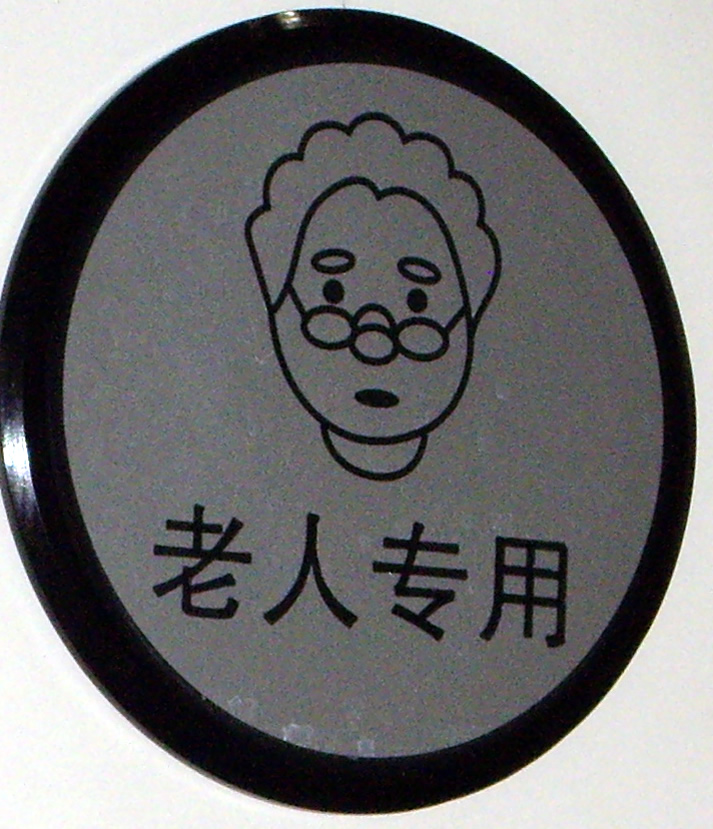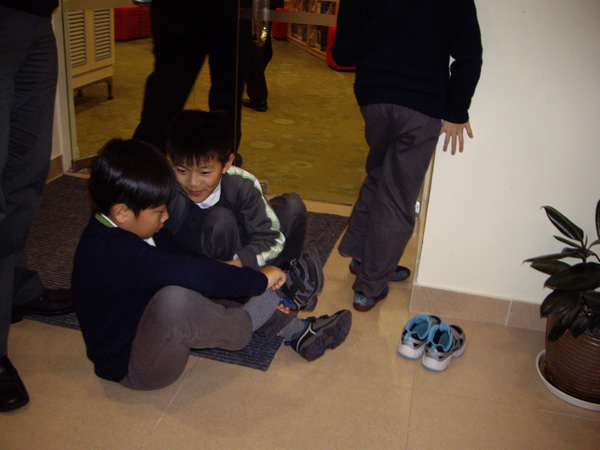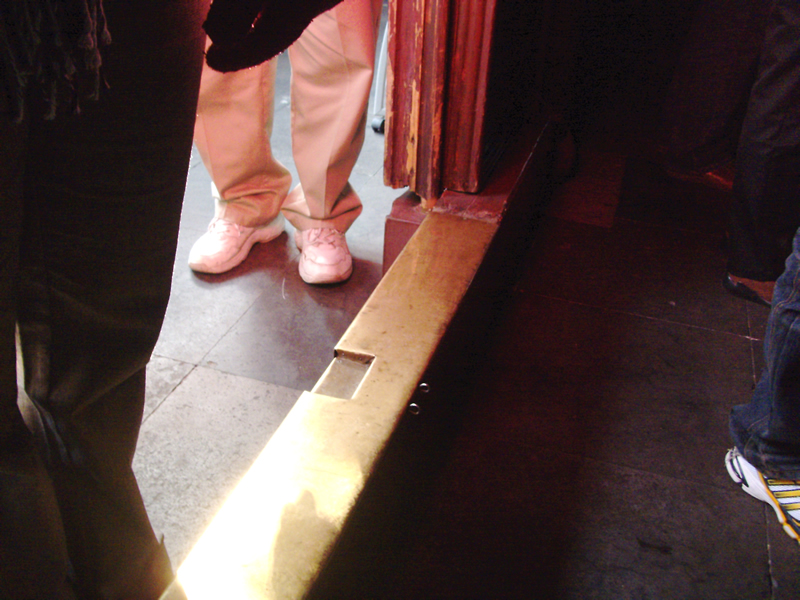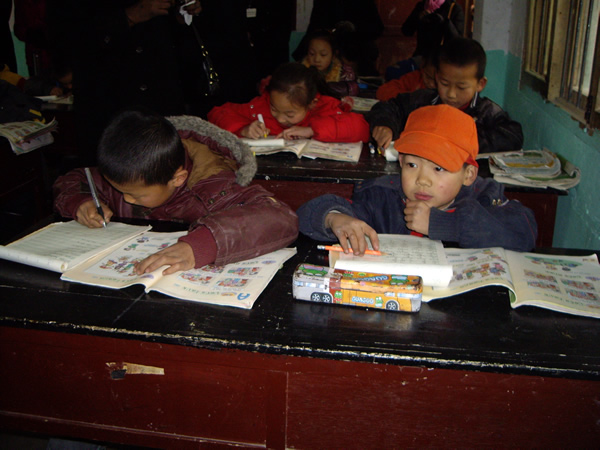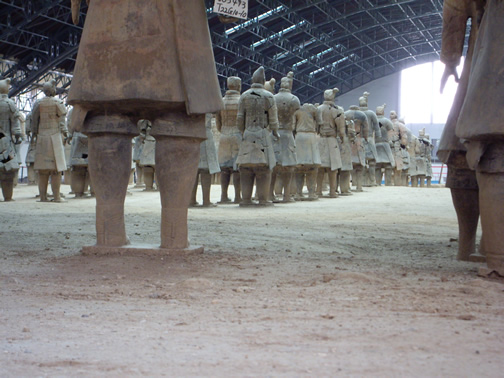Techmanities
This week I watched an Oscar ceremony including Natalie Portman, followed livebloggers through the unveiling of iPad 2, and read a blog post at ASCD. They all had something in common: the confluence of technology and the humanities.
I had never known that Natalie Portman was a brilliant scientist in her own right until I read the NY Times article about her multifaceted talents. Instantly, I thought of A.M., S.R. and a handful of my other highly gifted former students who also crossed over the perceived science/humanities “divide” as if it were a laughable piece of yellow, plastic police tape. Natalie Angier, who writes about Portman, focuses on Portman’s drive and on the odd contrast between the isolation of serious scientific researchers vs the public exhibitionism of the entertainment industry. Angier misses out, however, on the place of acting as artistic and personal expression, on film as a place where layered interpretation,visual imagery, and rich language can intrigue the mind and invite as much analysis and questioning as any science– perhaps with a bit more opportunity for ironic twist. I suspect that Portman could talk about the line between science and arts and dance along it quite well. I don’t know her work well enough to be sure, and I certainly have never talked to her. But I can envision my exceptionally gifted former students dancing the line with her, laughing.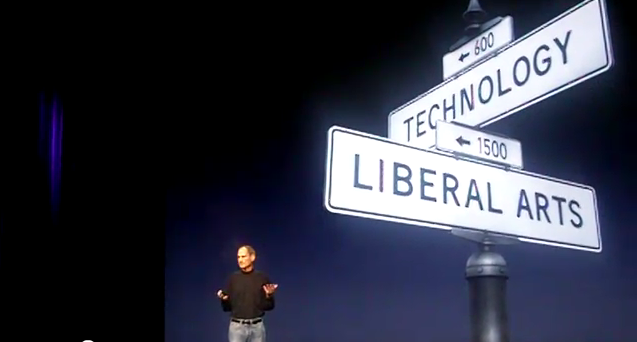
Enter Steven Jobs. His road sign icon for the role of Apple’s “DNA” (and its forward thinking people) marks the meeting point of liberal arts and technology. That meeting place “yields us the result that makes our hearts sing.” I know “Liberal Arts” is a dirty word (well– two) these days, and those of us who actually expended tuition dollars on them are ridiculed for our irrelevance in an era of competitiveness and the hard-driving skills needed in the 21st century. But I firmly believe that Jobs is right about technology’s place. Technology is not simply the test tube or tool we use for data, data, data. If you watch what people do with it, you quickly see today’s technology as a place to play, express, evaluate, compare, collage, question, write, answer, re-question, and enter into an iterative process of exploration and expression. Technologically-assisted exploration IS creative process if we allow it to be. Throw away User Manuals.
David J. Ferraro’s post on the ASCD blog, “Humanizing STEM: A Different Kind of Relevance,” says he “privately fret[s] over the way STEM advocacy, and current reform efforts in general, inadvertently devalue the humanistic and civic dimensions of a basic education.” He goes on to delineate the vital role that the humanities can play as a lens for viewing the intrinsic beauty of science and…
that math is beautiful, true, and good in its own way; that the development of the physical and natural sciences over the centuries has been motivated in part by a universal human desire to make sense of the world; and that technological innovations throughout history have been fueled not only by economic necessities but also by a basic human restlessness and the quest for mastery over nature.
Exploration, whether it is the how and why of science and technology or the what-if of changing a musical key or shifting the composition of a photograph, is the common ground of the techmanities. Jobs gets it. I think Portman gets it. I know the people who dance across the yellow tape get it. I just hope that people who plan for education get it soon, before we lose the next Jobs or Portman or Ferraro… or your neighbor’s kid.




 beyond textbooks. I feel the U.S. education model is very different from ours, especially in creativity. We need to learn from the U.S.”
beyond textbooks. I feel the U.S. education model is very different from ours, especially in creativity. We need to learn from the U.S.”